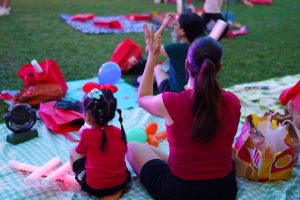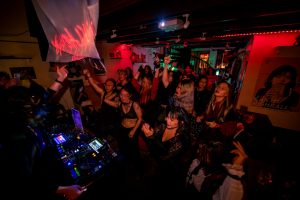Decked out in a baggy white linen shirt, you can barely tell that she’s pregnant. What gives it away is that she patiently waits in a corner as her students change, instead of joining them for practice immediately.
Almost everyone is dressed in black. (“It elongates your lines,” Melissa explains.) They gather in front of the mirror, stretching by pulling chest to knee. Disco music plays in the background as they throw their arms up and back and down.
She sits down gingerly on the sofa. “I’m here to babysit,” she laughs.
Along with other genres like hip hop and house, Melissa also practices one called “waacking”. It has taken TikTok by storm recently, something that we found out from an aptly-timed NYT article.
Waacking is a dance genre that originated in the Los Angeles gay club scene in the 1970s, when disco music was at its peak. Disco clubs were the only spaces where gay people could be free and open about their identities.
And we can’t talk about waacking without first talking about punking. At that time, “punk” was a derogatory term for gay men. Now primarily used to refer to a genre of music and a subculture stereotypically characterised by mohawks and eyeliner, the word was once synonymous with the f-word. The community has reclaimed the term, and started referring to the style of dance that originated in gay clubs as “punking”. Punking was very much about acting; about dramatics and storytelling and embodying a character.
While the straight dance community took notice of the style, they did not want to associate themselves with the word “punking”. Eventually, dancers termed it “waacking”, a derivation of “whacking”—a dance move from punking that involves “moving the arms over the head in a rhythmic fashion”.
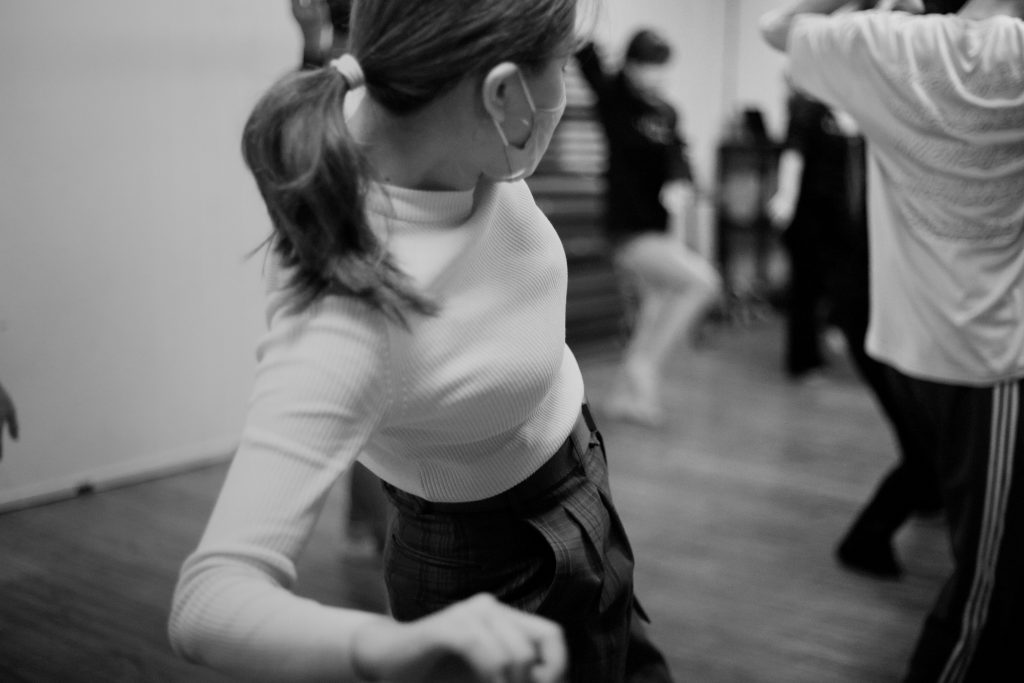
At that time, information was scarce. You could barely find anything about dance in the libraries. The local dance scene was tiny, and YouTube was in its infancy. The best way to learn dance was by experiencing it for yourself. And so, armed with a few years’ worth of commercial dance experience, Bryan travelled to Japan alone, intent on absorbing as much as possible.
“I bought unlimited classes, so I just went to any class I wanted to be exposed to. I went to soul dance, waacking, punking, jazz, hip hop—everything that I could find,” Bryan says.
For him, waacking was a new way to move, a style he hadn’t encountered before in Singapore. When he came back from Japan, Bryan started gathering a few friends together to share the new genre.
“That’s how I started introducing waacking in Singapore, even though my knowledge of it was not complete.”
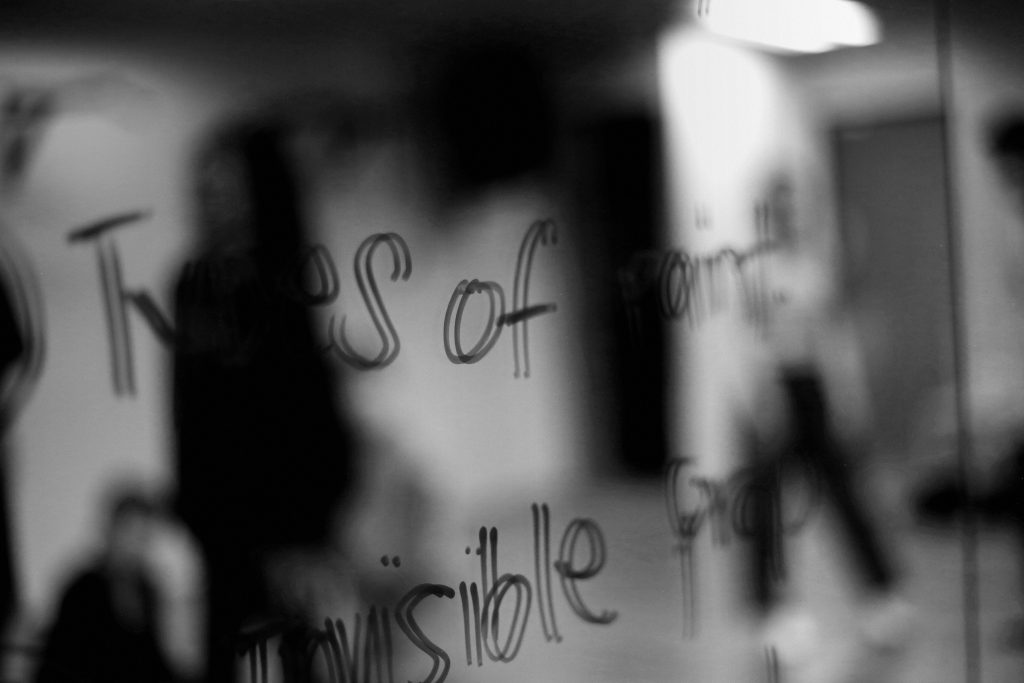
Like others, she picked up waacking from Bryan in the hallways of SMU Concourse, where street dancers continued to congregate until Covid-19.
“It really opened up a different side of me,” Melissa describes. “Before, I was doing more ‘manly’ genres, also because there were more male dancers. I wanted to do whatever the boys did.”
“But something about waacking drew me in. The confidence, the aura and charisma, being able to personify that kind of character. All along, I was wearing loose clothes, baggy tees. Waacking helped me find the feminine side of me.”
In 2010, she visited Korea for a dance trip. Curious, she watched “4 Da Next Level”, a battle where the late Tyrone Proctor, one of pioneers of waacking, was a judge. The experience, she says, was an eye-opener.
“There was one guy who was dressed in all leather, top to bottom,” she describes. “He was feminine and masculine at the same time.”

The next year, she invited Tyrone down to Singapore. It was then that the distinction between the ‘original’ style of waacking and the so-called ‘Japanese’ style, that Bryan initially introduced to Singapore, became even clearer.
At Tyrone’s sharing, Bryan asked him: what are the basics of waacking?
“And he replied, the ‘basics’ for waacking is in the music.” He sighs. “As Asians, ‘feel’ doesn’t come as easy and natural to us. We are very systematic.” Bryan had been looking for a formula, or some way through which he could study and internalise the intricacies and essence of waacking.
In 2009, Bryan had already flown to the United States and attended a class by Archie Burnett, another pioneer who was responsible for popularising the genre. However, Bryan was “lectured” for executing the moves in a groovier manner, which wasn’t what ‘original’ waacking was supposed to be.
“I tried to explain that this was what was being taught to me, and that’s why I’m here to find out more,” Bryan recalls. “I got the gist of what it’s supposed to be, but it’s still hard to change. I fell in love with waacking because of the way the Japanese waack.”

“I tried to make sense of things by putting together bits and pieces of information,” he explains.
“All those years when I was teaching, I said, I’m not teaching the original style. This is my way. I can teach techniques that I learnt, but I cannot teach you the full thing. You have to go find out yourself.”
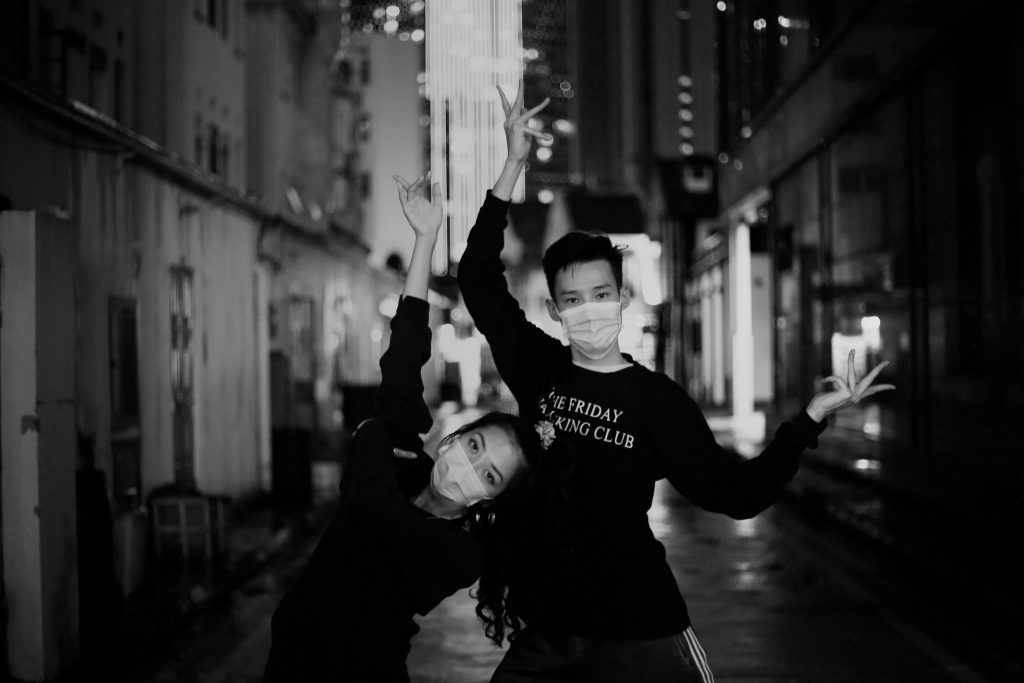
In the early days of waacking in Singapore, the influence was primarily Japanese. Bryan, for instance, now teaches a Soul Waack class at dance studio O School, which is groovier than ‘original’ waacking. Similarly, Melissa acknowledges that she is “very blessed” to learn from waacking pioneers, and is also inspired by the Japanese style of waacking.
But waacking has entered the mainstream now, and so has social media. Both newbie waackers and veteran dancers can find information, videos, and tutorials on Instagram and YouTube.
With our relatively young scene and vast exposure to overseas dancers, Singaporean waackers take inspiration from everywhere.
Unlike the Japanese, who are known for their deep groove, or the Americans, who primarily draw from the original, more geometric style of waacking, Singaporean dancers don’t have a fixed style yet.
“I would say the Singaporean style is like our identity. It’s rojak,” Melissa says.

But, as our dance community evolves, Bryan urges dancers to remember that dance is ultimately still a social activity.
“A few years back, I went to a dance event at a club. You know, the DJ will just spin the music and people will dance. But what I see is not people dancing with one another. What I see is a cypher, even a battle,” he explains, referring to an open circle where people take turns freestyling in the center.
“I realise the young generation is very awkward when you put two people together to dance, because everyone is used to doing it alone. There’s no interaction, and that’s very worrying,” he says. “Because, after time, they forget how to dance. They’re doing movements. They’re not feeling it.”
Furthermore, to strengthen our dance scene, we need to look inwards and create a culture where local dancers are celebrated. Melissa emphasises, “If you want the scene to get better, but you don’t support it … it doesn’t make sense.”
This entails not just looking to local dancers for inspiration and cheering them on during battles, but also supporting the community in other ways.
Dance events, for instance, are often initiated by dancers themselves. Most of the time, organisers barely break even, having to fork out money for the venue, logistics, lanyards, and so on. Bryan shares that he lost 10,000 dollars over just three events, just so he could provide an outlet and a space for the community to gather around.
For situations like this, Melissa explains, even sponsoring a sum of money would go a long way in supporting the community.
Everyone gains a little something out of being a dancer. “Maybe because of dance, you built up your confidence, or you became an actress,” Melissa notes. And so dancers give back to it however they can, whether it’s by donating to events or taking out the time to share with others.
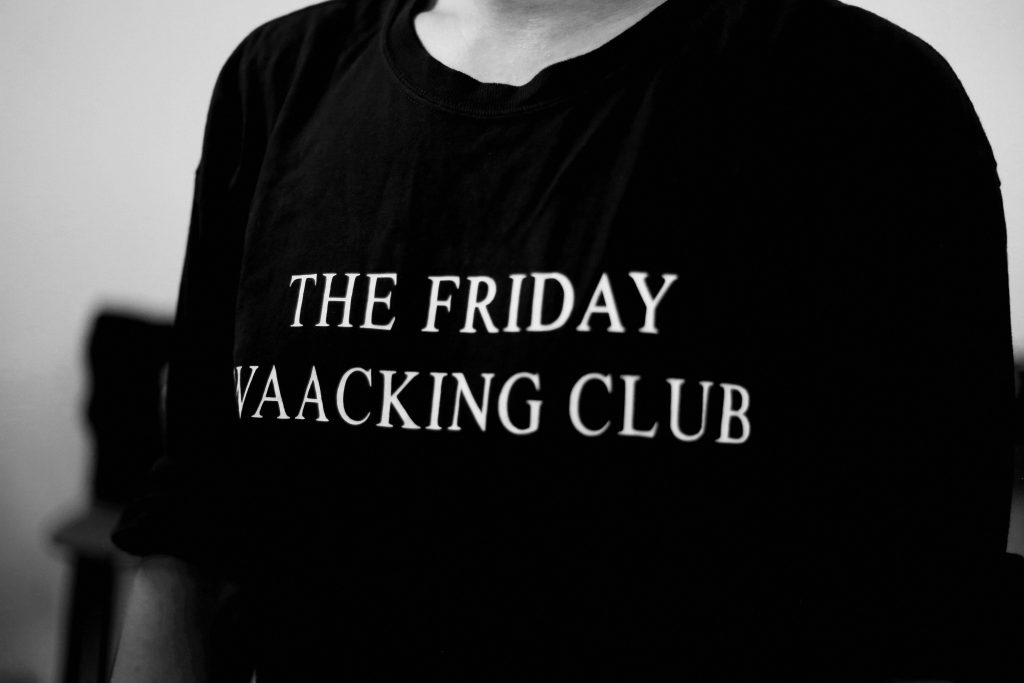
They had pooled together money to rent out the studio for a mere two hours on a Saturday evening. Most are in their mid- to late-twenties, working full-time jobs. Some even rushed down after their weekend shifts, all so they could meet with a community of people who love dance just as much as they do.
“Dance gave us more than what we were looking for,” Melissa says. “So we give back to it in whatever way we can.”


